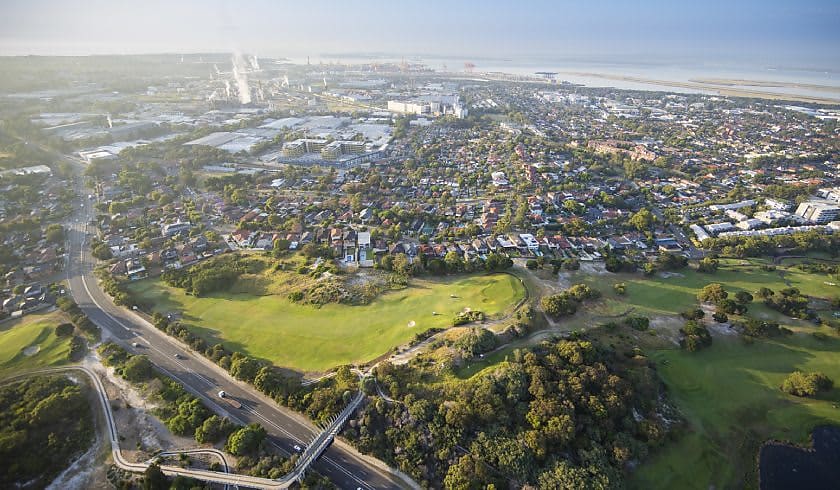Supply glut hits market as downturn sours buying sentiment
Properties are taking a longer time to see “for sale” signs being removed from curbs, as a new report showed that old listings across the country surged in September.

The latest data from SQM Research showed that listings that have been on the market for more than 180 days jumped 9.2 per cent last month to 55,272 dwellings.
Over the year, old listings are still down by 6.8 per cent from the 59,301 properties reported in September 2021.
Managing director of SQM Research Louis Christopher said the build-up in older properties is the direct effect of the national housing downturn that continued into September.
Separate data from CoreLogic has shown that national dwelling prices declined 1.4 per cent last month, continuing from the 1.6 per cent drop in August, albeit at a slower pace.
“It is due to the fact there are currently more sellers than buyers in the national housing market,” he stated.
“The downturn still continues to persist, even while we are seeing some stability with weekly auction clearance rates and asking prices.”
National residential property listings also saw an uptick during the month, rising by 5.8 per cent to 242,159 properties from 228,945 tallied in August.
According to SQM, the overall increases were due to the surge in old listings across capital cities during the month.
The largest monthly increases in total property listings were in Hobart, Canberra and Brisbane, recording increases of 17.4 per cent, 12.7 per cent and 7.3 per cent, respectively, during the period.
While the national figures are down by 6.8 per cent on an annual basis, Hobart and Sydney recorded a significant increase of 49.4 per cent and 26.4 per cent, respectively, for the past 12 months.
Mr Christopher noted that there was also a pick-up in new listings during the month. However, he said the trend was to be expected as the market revs up for the spring selling period.
Nationally, new listings or properties that have been on the market for less than 30 days rose 3.8 per cent over September to 73,461.
“New listing numbers are actually down on the long-term average activity recorded for a typical spring selling season,” Mr Christopher commented.
Data showed Hobart at 26.4 per cent and Canberra at 21 per cent recorded the largest increase in new listings for the month. Over the 12-month period to September, Canberra, Hobart and Melbourne were the biggest gainers, up by 34.4 per cent, 29.2 per cent and 22 per cent, respectively.
SQM also found that as of 4 October, there were 6,299 residential properties nationwide selling under distressed conditions — down from 6,384 distressed listings recorded in August.
Distressed selling activity was led by ACT (up 14.3 per cent), Queensland (up 2.8 per cent) and South Australia (up 1.5 per cent).
During September, national asking prices rose by 0.1 per cent for combined homes, with capital city asking prices up by 0.1 per cent.
According to SQM, the figures indicated vendors were reluctant to reduce their asking prices further than initially listed during the period.
